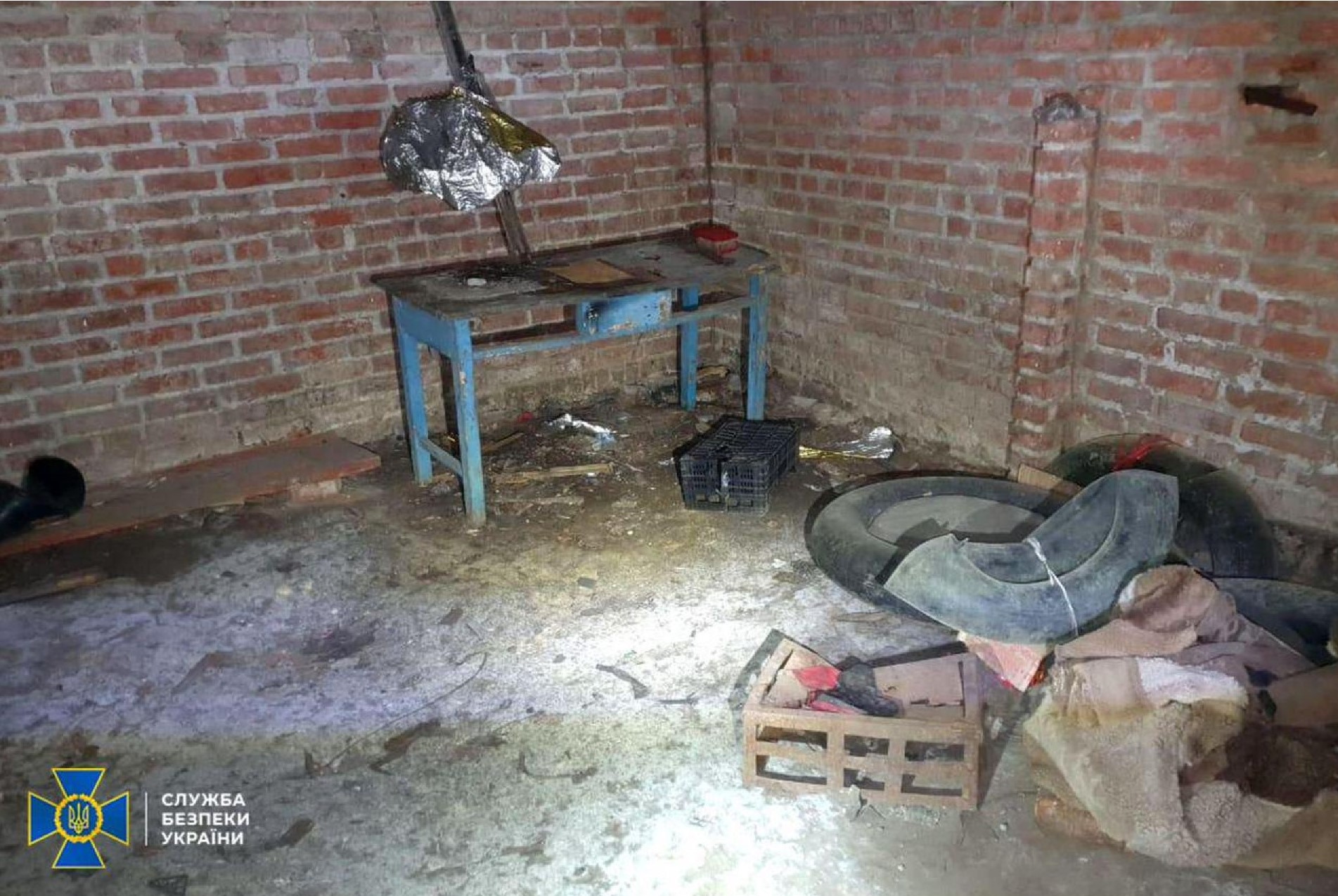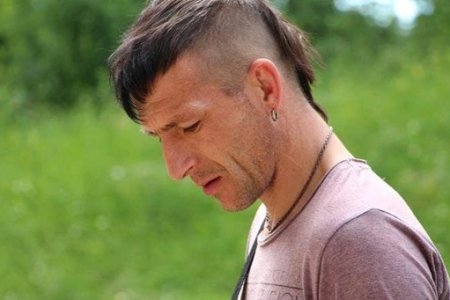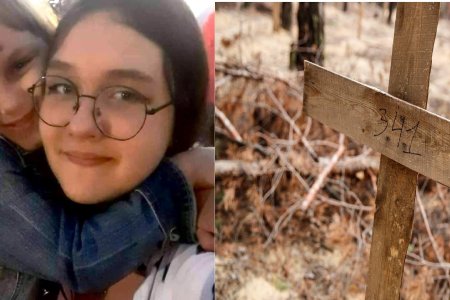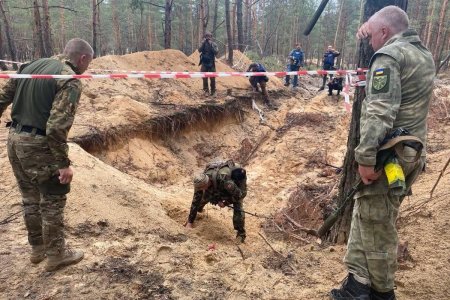
28 places used to imprison and torture Ukrainian civilians have been uncovered in parts of the Kharkiv oblast which were under Russian occupation in 2022. This is the worst number to date of any liberated area, however that record may well be beaten when the Russians are finally driven out of all parts of Kherson and Zaporizhzhia oblasts.
During a recent press conference on Russia’s persecution and torture of civilians in occupied parts of Kharkiv oblast, Serhiy Bolvinov, head of the Kharkiv Regional CID explained that there are currently ten criminal investigations underway, with 227 victims identified. These include thirteen people who died and a further four who have vanished without trace. Four other Ukrainians are known to be held prisoner by the Russians.
Bolvinov stressed that investigators have only been able to carry out a full documented study of 25 of the places used to imprison and torture civilians, since three are in areas on the border with Russia and are under intensive shelling
The largest of these torture-chamber prisoners were in the largest cities in Kharkiv oblast, such as Balaklia, Izium, Kupiansk and Vovchansk.
One of the worst of these ‘prisons’ was the Kupiansk police temporary holding facility where, for over six months, the Russians, together with representatives of the Russian proxy ‘Luhansk and Donetsk people’s republics’ and collaborators held local residents prisoner. 73 crimes are under investigation under Article 438 § 1 and 2 (ill-treatment of the civilian population, including where this was linked with murder). Although only 67 people are formally recognized as having victim status,150 civilians are known to have been held and tortured at this prison, with the Russians’ victims aged between 16 and 65.
The very conditions that people were held in can be considered torture, since 12 people were held prisoner in unsanitary cells intended for four people. Those detained were deprived of sleep and held in cells with glaring lights around the clock. There was very limited water and food, with the latter also of substandard quality. Some of the victims were held in such conditions for over 100 days. The Russians imprisoned even school children, with basically any civilian with a clear pro-Ukrainian position likely to be targeted. Former hostages have since spoken of the methods used, with these including being beaten, sometimes with metal pipes or rubber batons; kicked, and subjected to torture through electric shocks. Two of the prisoners died as a direct result of the torture. One of the victims, Kostiantyn was seized in September 2022 while with his girlfriend at the local market. According to Bolvinov, the only reason that they were targeted was that Kostiantyn’s brother was serving in the Ukrainian Border Guards. Both, however, were accused of having passed information to the Ukrainian Armed Forces and of having helped direct fire at a particular target that had been hit a few days earlier. They were initially held and ‘interrogated’ separately, however the Russians then brought Kostiantyn, who was so badly beaten that he could not move by himself, into one of his girlfriend’s interrogations. They continued to savagely beat him in her presence, and she recounted that he was also tortured with the use of electric shocks and deprived even of water.
On 8 September, the Russians themselves fled before the advancing Ukrainian Army. Kostiantyn managed to drag himself out of the prison, but collapsed in a building nearby, where he was found, unconscious, by the Ukrainian defenders. He was taken to hospital, but died on 11 September of his injuries.
The Russians also imprisoned women and children. Dvorichna Village Head Halyna Turbaba was seized by the Russians twice, because of her refusal to collaborate. She was held prisoner for 90 days with the invaders telling Halyna’s mother that she was an ‘enemy of the people’.
16-year-old Artur was seized for infringing the Russia’s curfew and subjected to torture through asphyxiation, with a gas mask put over his head and the air blocked.
According to Bolvinov, investigators have found considerable amounts of evidence, including lists, reports, etc. regarding those held prisoner. He believes that the reason that so much incriminating evidence was left behind was because the Ukrainian Armed Forces liberated the area very swiftly and the Russians were forced to flee, leaving behind proof of their crimes. That, he says, has made it possible for the investigators to understand what was happening, and to show the world just what the so-called ‘Russian world’ entails.
The investigators have also created a register, identifying those Russians believed to have tortured civilians. The register already has over a thousand names.
The press conference was called in part to present two reports by the ZMINA Human Rights Centre. One is specifically about Russia’s imprisonment and torture of civilians in Kupiansk, and was based on interviews with thirty victims and witnesses. 19 of these, including one woman, reported being tortured during their ‘interrogations’. The most common forms of torture were vicious beatings and the use of electric currents. In five cases, the victims reported that the wires had been attached to genitals. All such detentions and torture are about terrorization of the civilian population, and the methods used also focused on threats and terror, including threatening to shoot people in the knees or cut off their fingers, etc. Although the supposed aim of the interrogations is to obtain information, Russia has used such methods since 2014, much as did Stalin’s regime, to extract any kind of ‘confession’, however fictitious, or even physically impossible.
The second report, entitled Illegal detentions, torture and ill-treatment of civilians, discusses Russian practice on all Ukrainian territory under occupation. It finds, as have other monitors, that there is absolutely nothing accidental about any of these cases of torture. Russia’s aim is to crush opposition to its invasion and occupation, and all of these abductions and methods of torture are aimed at terrorizing the population. The interrogations are aimed at forcing people to denounce others with pro-Ukrainian views, who will then also be targeted. The authors, Borys Petruniok and Yelizaveta Sokurenko – stress that the invaders’ methods are essentially identically on all parts of Kharkiv, Kherson and Zaporizhzhia oblasts seized after Russia’s full-scale invasion of Ukraine. They have, in fact, also been seen in occupied Donbas (the Russian proxy ‘Donetsk and Luhansk people’s republics’) since 2014. Such methods have been applied by the Russian FSB against very many victims of repression in occupied Crimea, and many of the victims interviewed by the ZMINA team reported that it was the FSB who played a leading role both in Russia’s so-called ‘filtration’ and its demonstrative use of abductions and torture on occupied territory.



